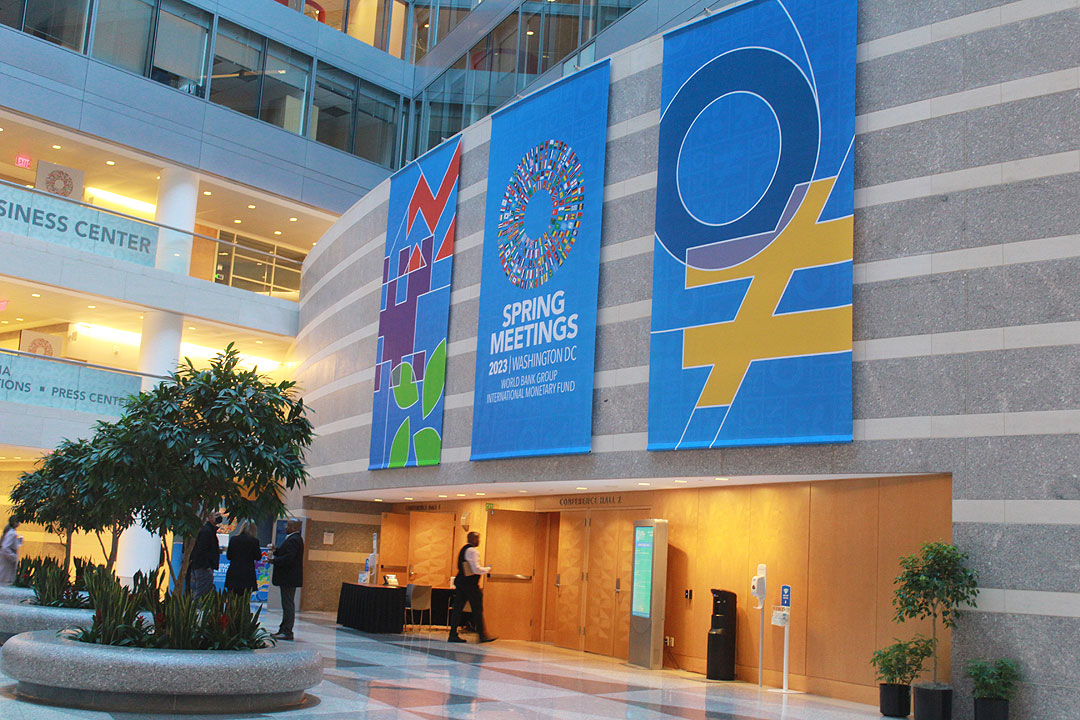Banks seen resilient vs emerging risks

By Keisha B. Ta-asan, Reporter
CREDIT GROWTH is expected to remain “healthy” this year, as the Philippine financial system is expected to manage any secondary effects stemming from the recent banking turmoil in the United States and Europe, analysts said.
International Monetary Fund (IMF) Deputy Director of the Asia and Pacific Department Sanjaya Panth told BusinessWorld that the Philippine banking system will continue to prove its resilience against emerging risks this year.
“The Philippine banking system has proved quite resilient through the pandemic and has remained strong. I think it has sufficient liquidity and capital buffers, and we expect credit growth to remain healthy, with growth broadly in line with the economy,” Mr. Panth said.
The Philippines, he said, had very limited exposure to troubled banks in the US and Europe such as the Silicon Valley Bank and Credit Suisse.
“The banks are exposed to risk from the corporate sector, there is no question about that because it is a large share of bank lending in the Philippines. However, corporate leverage is less concentrated in the more vulnerable parts of the corporate sector. This is more of an issue for the rest of Asia and the Philippines is in a relatively better position in this respect,” Mr. Panth said.
Outstanding loans by big banks grew by 10% to P10.69 trillion in February from P9.72 trillion a year earlier, latest data from the Bangko Sentral ng Pilipinas (BSP) showed. However, loan growth in February was slightly slower than the 10.4% growth in January.
Lending to residents jumped by 9.9% in February, while lending for production activities rose by 8.7%.
Nikita Anand, associate director at S&P Global Ratings, said in an e-mail that Philippine banks will be able to manage any contagion effects from the global banking turmoil.
“Philippine banks’ assets are conventional with lending across commercial and retail segments. Investment portfolios form about 28% of total assets, with 70% of the exposure in safe government securities. Significant household deposits add stability to Philippine banks’ funding profile,” she said.
Data from the BSP showed Philippine banks’ total loan portfolio, net of allowance for credit losses, made up the largest share of the banking system’s total assets at 53% or at P11.9 trillion as of end-January.
This was followed by investments (29.2% or at P6.57 trillion) and by cash and due from banks (12.2% or at P2.74 trillion). For the same period, only 27.5% or around P6.32 trillion of Philippine banks’ total assets were in portfolio investments.
Ms. Anand also said secondary effects from the global banking turmoil may increase investor risk aversion and would lead to higher funding costs for banks.
“Furthermore, additional Tier-1 (AT1) issuance in coming months is likely to be more costly, and for some will be outright difficult. Given the Philippine banking sector has limited reliance on AT1 capital, we don’t expect significant disruption to banks’ fund-raising plans,” she said.
Ms. Anand said that a strong deposit base and robust capitalization will help banks manage tough operating conditions.
However, banks and regulators in the country should continue to be vigilant against risks, as it could spread quickly and affect financial stability, IMF’s Mr. Panth said.
“[Banks and regulators should] continue to strengthen the efforts in assessing financial stability risks, wherever they come from, [and should have] the capacity to dissolve proper financial institutions, when institutions get into trouble,” he said.
Mr. Panth also said the central bank should efficiently share information with other banking regulators and ensure they have the right authority to intervene if trouble emerges.



